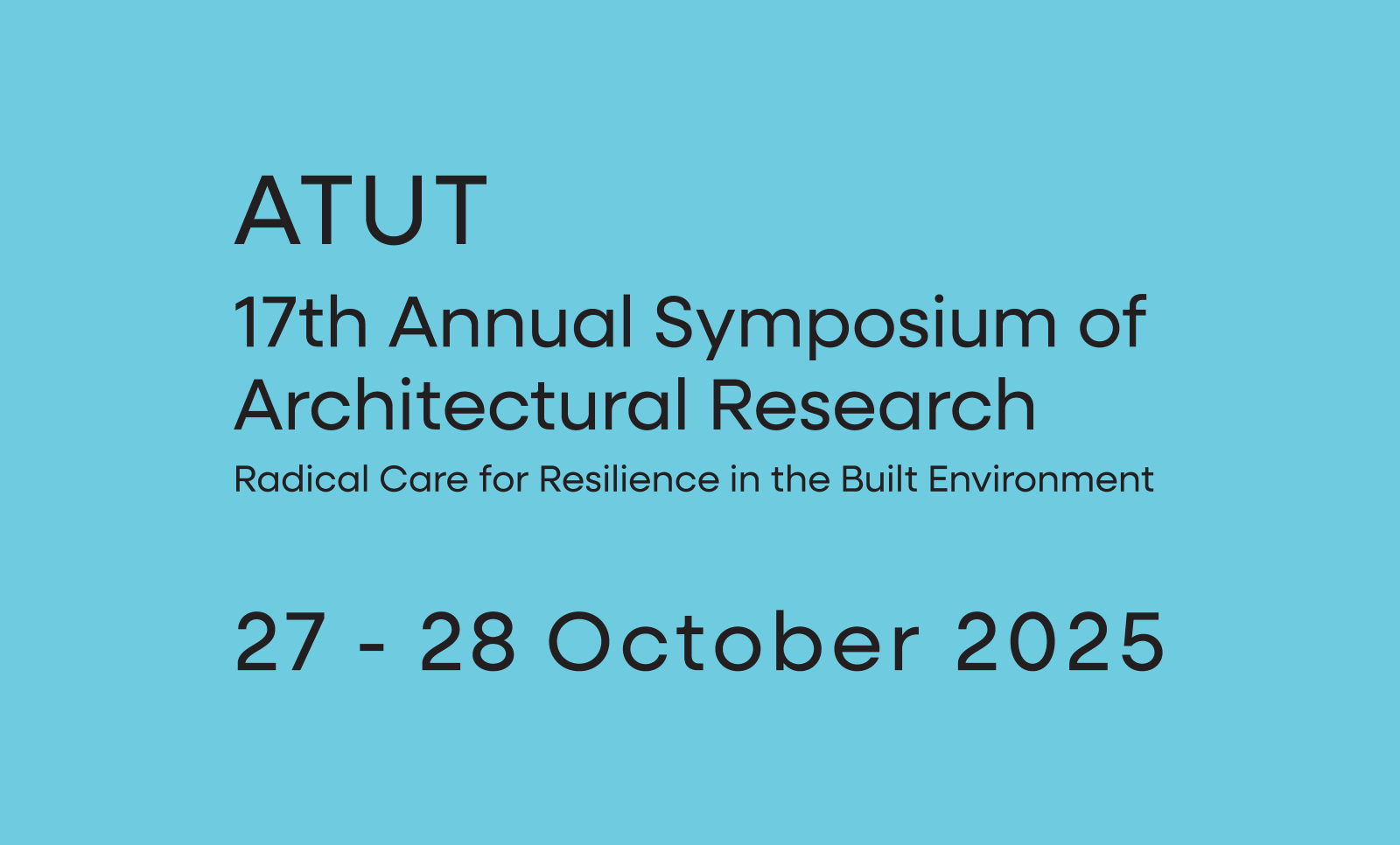Architectural Research Symposium ATUT
- 27 – 28 October 2025
- Tampere University, City Centre Campus
- PROGRAM
- Practical information
- Registration (closed)
- Call for Papers (closed)
- Book of abstracts (ATUT 2025)
- Contact person: Raúl Castano De la Rosa (raul.castanodelarosa@tuni.fi)
Keynote speakers
- Felicity Atekpe, Associate Professorship in Professional Practice, The Bartlett School of Architecture, Faculty of the Built Environment, University College London.
- Doina Petrescu, Professor of Architecture & Design Activism, School of Architecture and Landscape, University of Sheffield.
- Henrika Pihlajaniemi, Associate Professor of Sustainable Architecture, Oulu School of Architecture, University of Oulu.
- Laura Uimonen, University teacher, Postdoctoral researcher, Architecture School, Faculty of Built Environment, Tampere University.
Read more about the ATUT keynote speakers here.
About
The 17th Annual Symposium of Architectural Research (ATUT 2025) explores the promotion of resilience in the built environment through a radical care lens and approach. We look forward to your contributions to this interdisciplinary dialogue on the role of (1) education, (2) just energy transition, (3) digitalisation, and (4) the promotion of ecological values in shaping of resilient, caring futures for our built environments.
For us, radical care refers to an ethical commitment to prioritise well-being, equity, and sustainability in design and development processes for collective wellbeing – not just for some. Resilience, within this context, refers not only to structural and environmental adaptability but also to social and emotional support systems that empower communities to thrive.
The ATUT 2025 encourages interdisciplinary contributions from fields such as architecture, architectural engineering, civil engineering, urban planning, digital technologies, social sciences, and policy studies. We welcome submissions from educators, researchers, practitioners, and students who are contributing to this vital conversation and that address, but are not limited to, the following themes:

